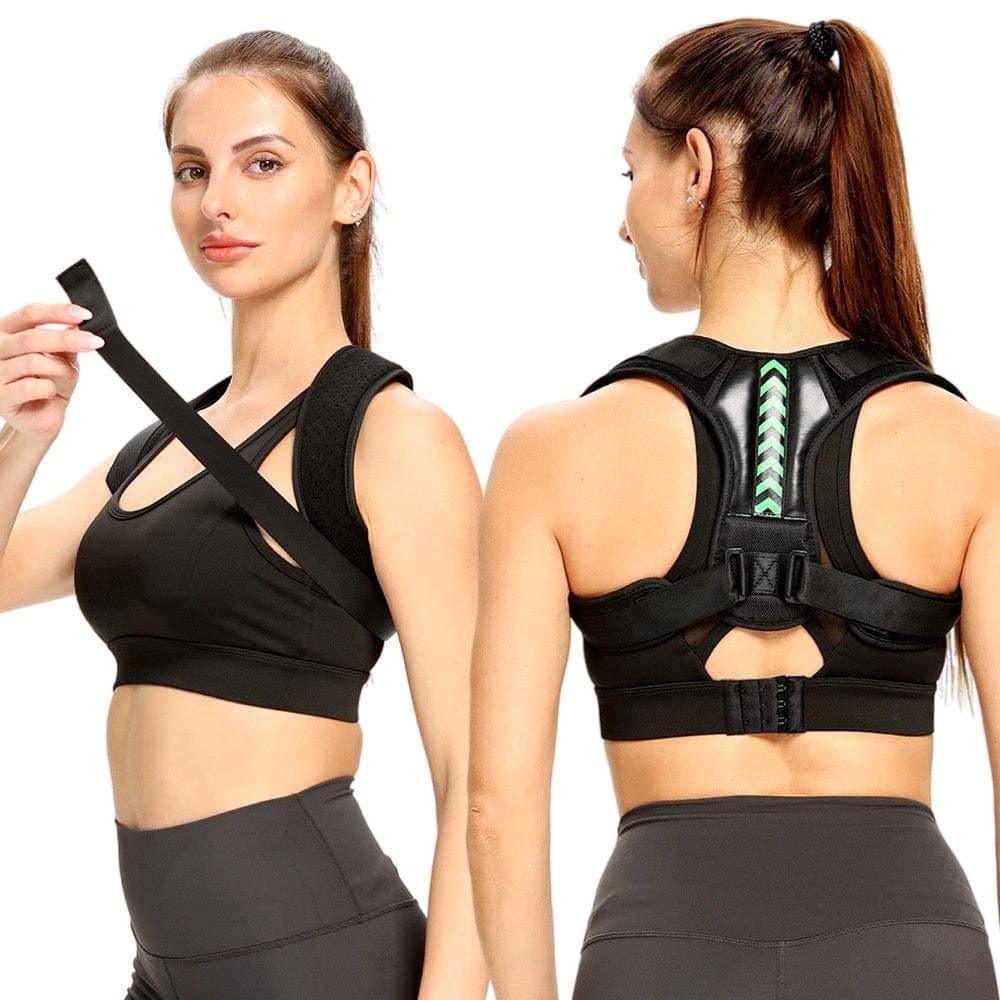When it comes to self-care, we often overlook posture. But poor alignment is one of the biggest silent causes of back pain, fatigue, and even low mood. That’s why posture corrector belts have become such a popular fix—but do they actually work?
Let’s take a closer look at the benefits, myths, and science behind these little back-boosting tools.
The Problem With Modern Life
Our bodies were designed to move, stretch, and stay upright. But today? Most of us are glued to screens—slouched on the couch, hunched over our desks, or craning our necks to scroll through social media.
This modern lifestyle leads to a posture that’s… well, pretty terrible. And over time, that can cause:
-
Rounded shoulders
-
Chronic back pain
-
Tension headaches
-
Fatigue and shallow breathing
Enter: the posture corrector belt.
What It Does (and Doesn’t) Do
What it does:
-
Encourages better alignment by gently pulling shoulders back
-
Increases awareness of how you're holding your body
-
Helps reduce pressure on your neck and lower back
-
Trains your muscles over time
What it doesn’t do:
-
Replace exercise or movement
-
Act as a cure for all posture-related pain
-
Work overnight (sorry, no quick fixes here)
Is a Posture Corrector Belt Useful in Daily Life?
It really can be! If you:
-
Sit at a desk all day
-
Drive long hours
-
Spend lots of time on your phone
-
Tend to slouch or lean forward
…then yes, it’s a very useful addition to your routine.
Even 30 minutes a day can remind your body to stay upright and engaged.
How to Wear It Correctly
-
Put it on over your shoulders like a backpack.
-
Adjust the straps so it's snug but not tight.
-
Use it during ‘problem times’—like while working, studying, or watching TV.
-
Listen to your body. If you feel discomfort, loosen it or take a break.
Pro tip: You can wear it under or over clothing depending on your style and comfort.
How Long Should You Use It?
-
Start with 20–30 minutes a day.
-
Work your way up to 1–2 hours.
-
Don't go beyond that—you want your muscles to stay active, not rely on the belt completely.
What Real Users Say
"I was skeptical at first, but after a week, I could actually feel my posture improving—even without the belt on."
"It’s like a gentle reminder every time I start to slouch. Super helpful during long work hours!"
"It’s subtle, but I’ve stopped getting that nagging pain between my shoulder blades."
Will It Fix Knock Knees or Leg Issues?
This is one of the common questions, and the answer is: no. A posture corrector belt is designed to support your upper back, shoulders, and spine—not your knees or legs.
For knock knees, you’ll need leg-focused therapies or exercises, possibly under the guidance of a physiotherapist.
Are There Any Downsides?
Only if you misuse it. Wearing it too long or too tight can lead to discomfort. But with proper use, it’s one of the safest and easiest ways to start correcting poor posture.
Final Thoughts: Is It Worth Trying?
Absolutely. Especially if you’re looking for a non-invasive, affordable way to improve posture awareness and relieve back strain.
It’s not about being perfect—it’s about taking small steps toward a healthier you. And a posture corrector belt can be the simplest place to start.

